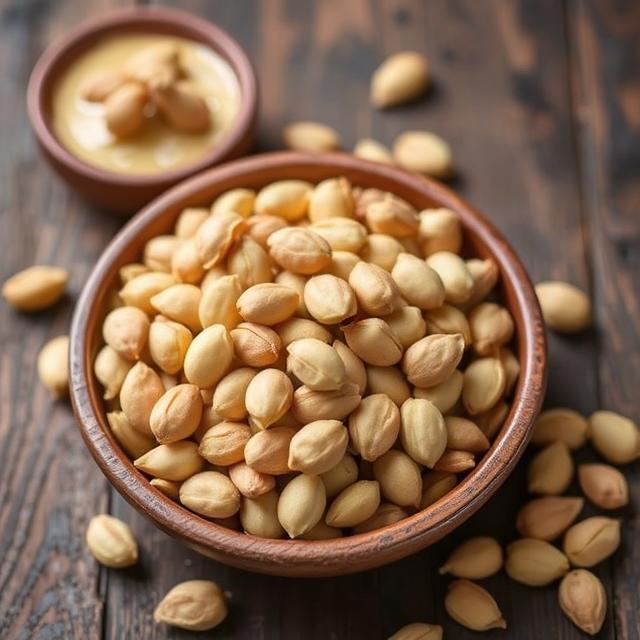Makhana: The Nutrient-Packed Superfood from Bihar – Benefits, Recipes, and Side Effects
Introduction
Makhana, also known as fox nuts or lotus seeds, is a popular and nutritious snack that has been a staple in Indian households for centuries. Originating primarily from Bihar, these crunchy, low-calorie seeds are celebrated for their health benefits, including high protein and calcium content. Whether fried as a savory snack or added to desserts, makhana is versatile and delicious.
In this article, we’ll explore:
- The nutritional ingredients of makhana
- Its impressive health benefits
- How it helps with digestion and constipation
- Its role as a healthy snack
- The price and availability of makhana
- Potential side effects
1. What Is Makhana?
Makhana is derived from the seeds of the Euryale ferox plant, commonly found in wetlands in Bihar and other parts of Eastern India. These seeds are sun-dried, roasted, or fried to create a light, crunchy snack.
Nutritional Profile (Per 100g)
- Calories: ~350 kcal
- Protein: 9–14g (great for vegetarians)
- Calcium: 60–70mg (supports bone health)
- Fiber: 3–4g (aids digestion, prevents constipation)
- Low Fat & Carbs: Ideal for weight loss
- Magnesium, Potassium, Iron: Supports heart and muscle function
2. Health Benefits of Makhana
A. Rich in Protein & Calcium
- A great plant-based protein source for vegetarians.
- High calcium content strengthens bones and teeth.
B. Aids Digestion & Prevents Constipation
- The fiber content promotes gut health and prevents constipation.
- Light on the stomach, making it a good snack for digestion.
C. Low Glycemic Index (Good for Diabetics)
Does not spike blood sugar levels, making it diabetic-friendly.
D. Heart-Healthy Snack
Low in cholesterol and saturated fats, reducing heart disease risk.
E. Weight Loss Friendly
Low-calorie, high-fiber, and protein-rich, keeping you full longer.
F. Gluten-Free & Allergy-Friendly
Safe for those with gluten intolerance or nut allergies.
3. How to Use Makhana in Cooking
Makhana is incredibly versatile. Here are some popular ways to consume it:
A. Roasted or Fried Makhana
- Lightly fry in ghee or oil with spices like black pepper, turmeric, or chaat masala.
- A healthier alternative to popcorn or chips.
B. Makhana Kheer (Dessert)
Cooked in milk with sugar, cardamom, and dry fruits for a nutritious dessert.
C. Makhana Curry
Used in gravies with peas, potatoes, or paneer for added texture.
D. Makhana Chivda (Trail Mix)
Mixed with nuts, seeds, and spices for a crunchy snack.
4. Price & Availability of Makhana
Bihar is the largest producer, making makhana easily available in India.
Price Range:
- Raw makhana: ₹200–₹400/kg
- Roasted/fried makhana: ₹300–₹600/kg
- Flavored (spiced/sweet) packs: ₹100–₹200 per 200g
Available in local markets, supermarkets, and online (Amazon, BigBasket).
5. Potential Side Effects of Makhana
While makhana is generally safe, excessive consumption may cause:
- Bloating or Gas (due to high fiber if eaten in large amounts).
- Allergic Reactions (rare, but possible in sensitive individuals).
- Weight Gain (if consumed excessively with sugar or oil).
Conclusion
Makhana is a powerhouse of nutrients, offering protein, calcium, and digestive benefits while being a delicious snack. Whether you fry it, roast it, or use it in desserts, this Bihar-origin superfood is a must-have in your diet. With its reasonable price and minimal side effects, makhana is an excellent choice for health-conscious individuals.











